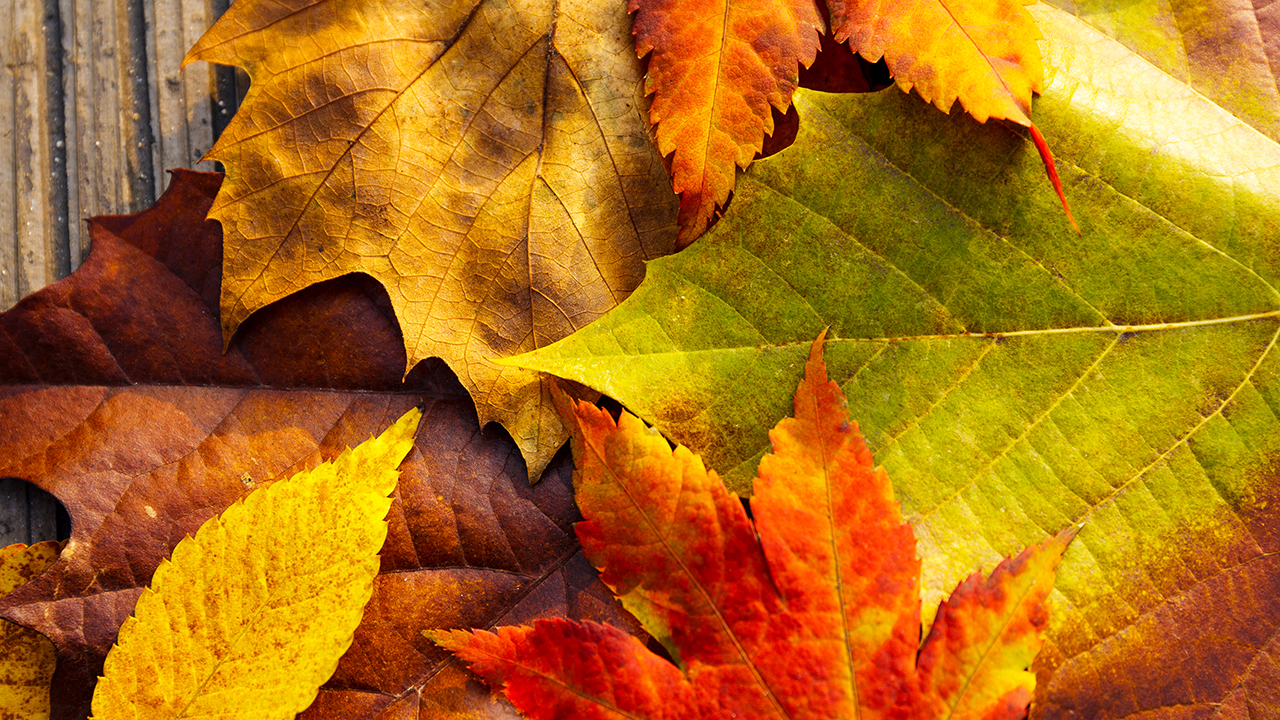
As chlorophyll breaks down in fall, hidden pigments like carotenoids and anthocyanins emerge, creating the vibrant reds, oranges, and yellows of autumn.
The transformation of leaves into brilliant fall colors is a result of complex chemical changes within the leaf.
During the spring and summer, leaves are green due to the high concentration of chlorophyll, the pigment responsible for photosynthesis, which converts sunlight into food for the plant.
As daylight hours shorten and temperatures drop in the fall, trees begin to prepare for winter by slowing down food production.
This triggers the breakdown of chlorophyll, revealing other pigments that have been present in the leaf all along but were previously masked by the dominant green.
As chlorophyll fades, pigments like carotenoids and anthocyanins come into view. Carotenoids are responsible for the yellow and orange hues seen in leaves, such as those of birch, maple, and aspen trees.
These pigments are present throughout the growing season but only become visible when chlorophyll decreases.
In some trees, like maples and oaks, the cooler temperatures and bright light also prompt the production of anthocyanins, pigments that create vibrant red, purple, and crimson shades.
The final colors displayed depend on a mix of factors, including species, weather conditions, and the amount of sunlight, resulting in a diverse and beautiful palette of autumn foliage.
Discover Beautiful Flowers, Expert Gardening Tips & Interesting Plant Science!
By submitting this form, you are consenting to receive marketing emails from: . You can revoke your consent to receive emails at any time by using the SafeUnsubscribe® link, found at the bottom of every email. Emails are serviced by Constant Contact

About The Author
John Bagnasco has been in the gardening industry for over 50 years, starting with a horticulture degree from Michigan State University and following a stint at Frank’s Nursery and Crafts in Detroit.
After publishing his first book “Plants for the Home Vol. I” in 1976, he moved to California to become regional manager and buyer for the Nurseryland division of Sunbelt Nursery Group.
He then became the head buyer for Armstrong Garden Centers based in Glendora, California. John had a part-time affiliation with Creative Promotions for ten years before joining them full-time in October 2000 as a senior editor and radio personality for Garden Compass.
John has also taught horticulture classes at Palomar College and San Diego State University.
He is the host of the DVD “The Essential Guide to Roses,” which also features Bryan Main and Bruce and Sharon Asakawa.
His most recent book is “Planting Designs for Cacti and Succulents”.
Currently, John is a co-host on “Garden America,” an interactive live gardening show that additionally provides podcasts of the broadcasts accessible on all major platforms.
You can contact John here.
